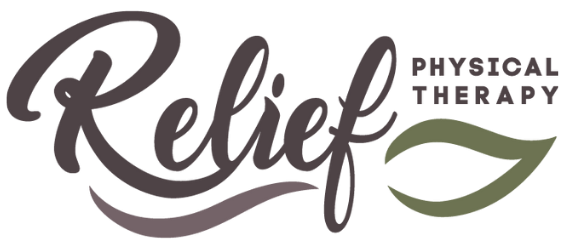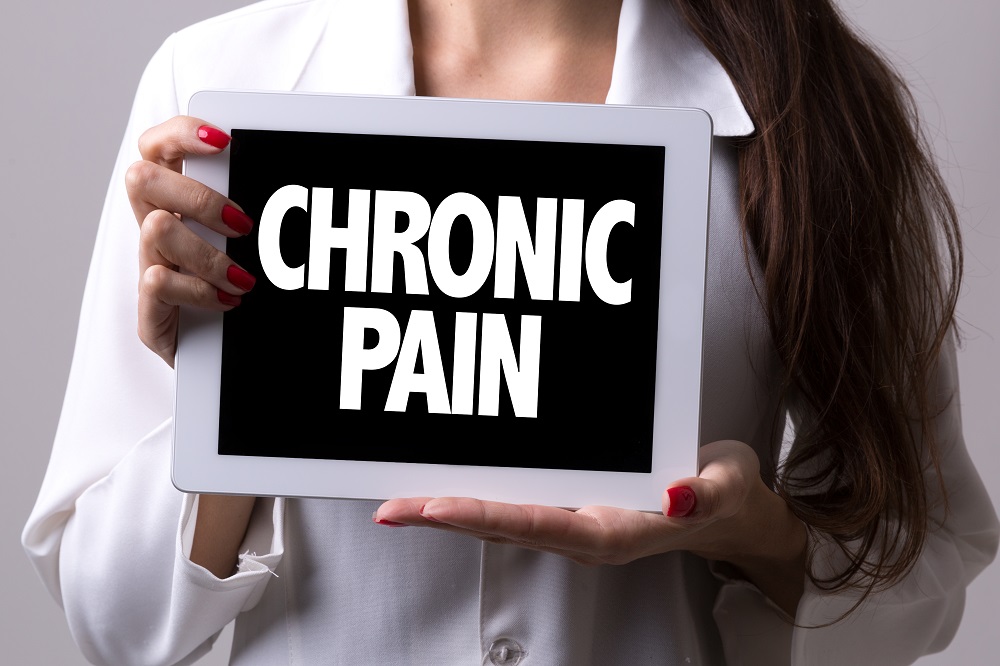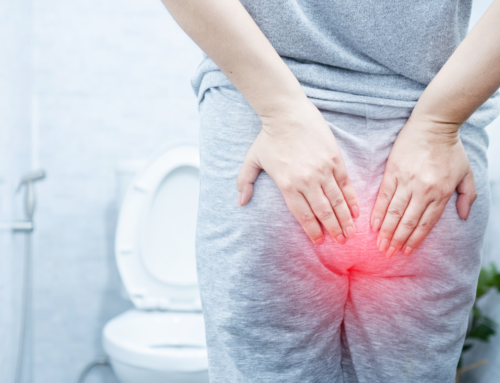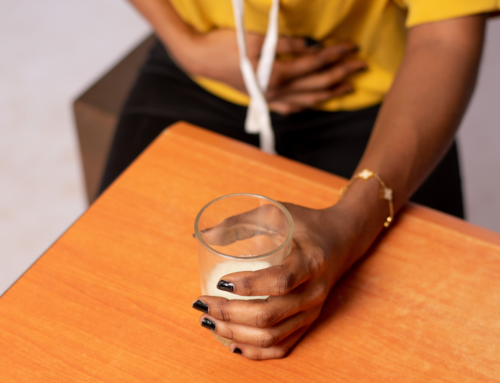Chronic Pain
Chronic Pain is a term used for pain that has lasted for more then 3 months. 
So many of my patients tell me that they have a “high pain tolerance”. And I believe that they do. Unfortunately, that might just be the reason they are seeing me. We live in a busy, hectic world. No one has the time to sit down and complain when they notice a pain. They ignore it!
People that have an especially high tolerance for pain can ignore it for a long time. But while they are ignoring it, their bodies make adjustments to avoid the pain as much as possible. They start taking a shorter step on one side or lean a little to the left. They hold their shoulder a little higher or clench their teeth. Most of the time these things happen without really thinking about it.
But, the low-grade nagging pain is always in the background. And slowly, over time seems to get worse. Finally, the pain is “bad enough” to do something about it. Time to see the doctor.
Getting treatment
Doctors will look at the symptoms and try to determine the best treatment. They draw from their basic tools of medicine, procedures, surgeries, and therapy. A conservative approach will include medication and/or therapy. Procedures or surgery might be considered for something more severe. The latter will require some amount of imaging (pictures of the inside of your body, like x-rays, MRIs, or CT scans) to determine if there is something that could be “fixed” with invasive treatments. (Keep in mind that the severity of pain is NOT an indicator of the severity of tissue damage)
 If surgery is not an option, or if surgery did not resolve the problem, then they are back to medication, and maybe therapy. In many cases a traditional course of exercise based physical therapy will help re-balance the body and improve movement. People with a high pain tolerance will find enough relief to go back to their every day lives. They’ll start pushing themselves early. They’ll use the medication to help them get over the hurdles, and often stop going to therapy before their course of PT is complete.
If surgery is not an option, or if surgery did not resolve the problem, then they are back to medication, and maybe therapy. In many cases a traditional course of exercise based physical therapy will help re-balance the body and improve movement. People with a high pain tolerance will find enough relief to go back to their every day lives. They’ll start pushing themselves early. They’ll use the medication to help them get over the hurdles, and often stop going to therapy before their course of PT is complete.
Then the cycle starts over again. But this time, they have prescription medications that help them “ignore” for longer. More months go by, and their pain has ramped back up. Their doctor doesn’t have any new suggestions and is looking at them like they are a drug seeking hooligan. And they feel let down by the medial system, and frustrated that the medicine, surgery, and therapy didn’t work.
So what do you do?
Try gentle movement, exercise that does not increase your pain, kindness to yourself, and ACTIVE RELAXATION of the painful areas. Muscle guarding, holding patterns, and unrelenting tension contribute to chronic pain- long after the initial injury that caused pain has healed. When you find ways to balance your body, and allow it to move with ease, you will discover that pain diminishes significantly.
It can take a while to find someone that looks outside this box. But that may be exactly what you need. Look for a healthcare provider that has different strategies. Look for adjunct treatments that approach things differently. It helps to look for people and services that are familiar with chronic pain, and pain theory.
Try Massage therapy, Ayurvedic healing, Acupuncture, Chiropractic, Yoga, Nutrition, Physical Therapy, or a non-traditional Physical Therapist, like myself.
 All of these things will have people that declare this is the answer!! And the truth is, it probably is, for some people. Nothing works 100% of the time for all people. When you have tried the standard approach, and it hasn’t fully addressed your problem, be willing to try something new, until you find the right combination for you.
All of these things will have people that declare this is the answer!! And the truth is, it probably is, for some people. Nothing works 100% of the time for all people. When you have tried the standard approach, and it hasn’t fully addressed your problem, be willing to try something new, until you find the right combination for you.
I treat people with Chronic Pain, without medications or surgeries. Treatment is available via telehealth and in person visits.
Together we can move mountains. Relief is Possible.
Need More Information?
Click here to schedule a consult (Its FREE)
You can also get information from these articles







